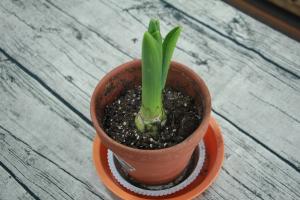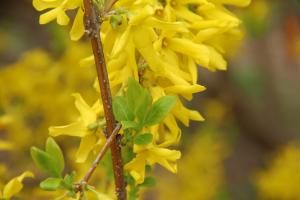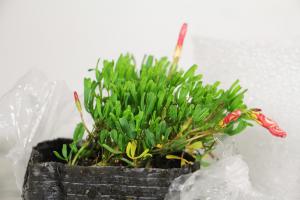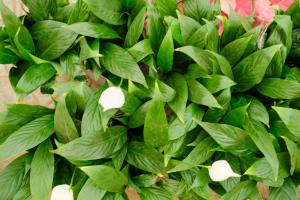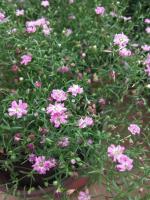How Deep to Dig a Garden to Plant Small Trees
Planting small trees in your garden can be a great way to provide shade, add color, and enhance the overall beauty of your outdoor space. However, it is important to know how deep to dig your garden before planting your small trees to ensure their growth and survival. In this article, we will explore the science behind planting small trees in your garden and provide some helpful tips to help you get started.
What is the Best Depth to Plant Small Trees?
When it comes to digging a garden to plant small trees, the depth will depend on many factors such as the size of the tree, soil type, and climate. Generally speaking, most small trees require a planting hole that is twice the width of the root ball and deep enough to allow the roots to develop and spread out. A good rule of thumb is to dig a hole that is around 2-3 times the size of your tree's root ball.
The Importance of Soil Preparation
Before planting your small trees, it is essential to prepare the soil to ensure the best possible growing conditions. To do this, remove any weeds, grass, or debris from the planting area and loosen the soil with a shovel or garden fork. You may also consider adding compost or soil conditioner to improve soil quality and drainage. These steps can help your small trees establish healthy root systems and promote successful growth.
Proper Tree Placement
Another critical factor to consider when planting small trees is proper tree placement. The ideal location for a small tree will depend on the type of tree, its size, and the desired effect. In general, trees should be planted away from buildings, power lines, and other structures that may interfere with their growth. Additionally, it is wise to avoid planting trees in close proximity to other large trees or shrubs, as this can cause competition for water and nutrients.
Aftercare for Your Small Trees
Once your small trees are in the ground, it is important to take proper care of them to ensure their continued health and growth. This may include watering, fertilizing, pruning, and pest control as needed. Watering is particularly crucial during the first few months after planting, as small trees will need to establish deep root systems to support their growth. Fertilizing can also be beneficial, but be sure to use the appropriate type and amount to avoid over-fertilization.
In Conclusion
Planting small trees in your garden can offer many benefits, but it is essential to know how deep to dig your garden before planting to ensure their healthy growth and survival. By following these guidelines and caring for your trees properly, you can create a beautiful and thriving outdoor space that will provide joy and satisfaction for many years to come.

 how many times do yo...
how many times do yo... how many planted tre...
how many planted tre... how many pine trees ...
how many pine trees ... how many pecan trees...
how many pecan trees... how many plants comp...
how many plants comp... how many plants can ...
how many plants can ... how many plants and ...
how many plants and ... how many pepper plan...
how many pepper plan...